Dr. Sascha Freigang is the ESA-sponsored medical doctor from Germany spending 12 months at Concordia research station in Antarctica for the 2022–2023 winter. He facilitates a number of experiments on the effects of isolation, light deprivation, and extreme temperatures on the human body and mind.
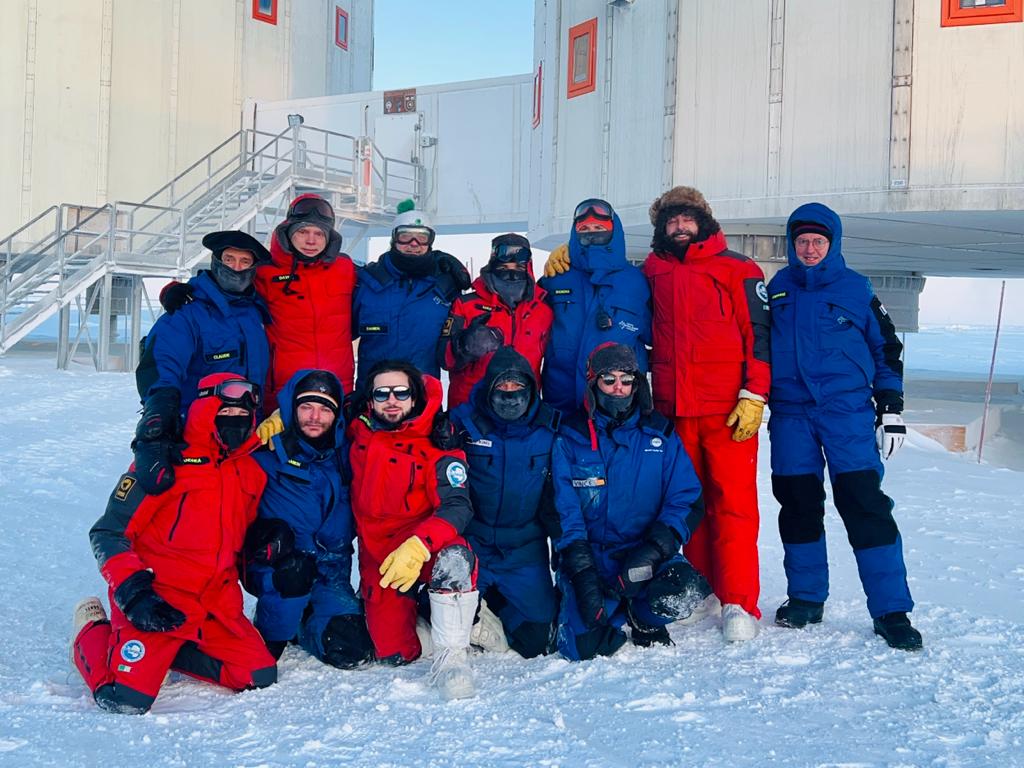
Some people were wondering how the 12 ‘winterers’ at Concordia are doing these days. The answer is, that overall we are doing well. Compared to the Antarctic summer, many things are different during the winter months, the weather gets significantly colder, darker and a reduced atmospheric pressure is noted. Needless to say that this makes spending time outside much more challenging. So far, we have reached a minimum temperature of -77.7°C and an atmospheric pressure of 622.3hPa (equivalent altitude at 45° Latitude of 3926m). The wind-chill during these days in the middle of May dropped the temperature to -96°C. Temporary numb fingertips and occasional frost-nip in the face are sometimes seen.
Before the polar night begun, we observed a beautiful twilight period with almost normal day and night cycles. Then, the sun set for the last time on 5 May, ever since, we have only seen some light far beyond the horizon and otherwise spend our days in darkness. For many of us, Concordia has become a place of routine. Every week, we conduct two to three projects of the biomedical research and repeat the same cycle the next month. However, sometimes there are additional data collections of projects that chose a three-month interval for example. For the winter-over season of 2023, eight biomedical projects were chosen and the pool of data and bio samples (these are kept frozen outside) is growing.
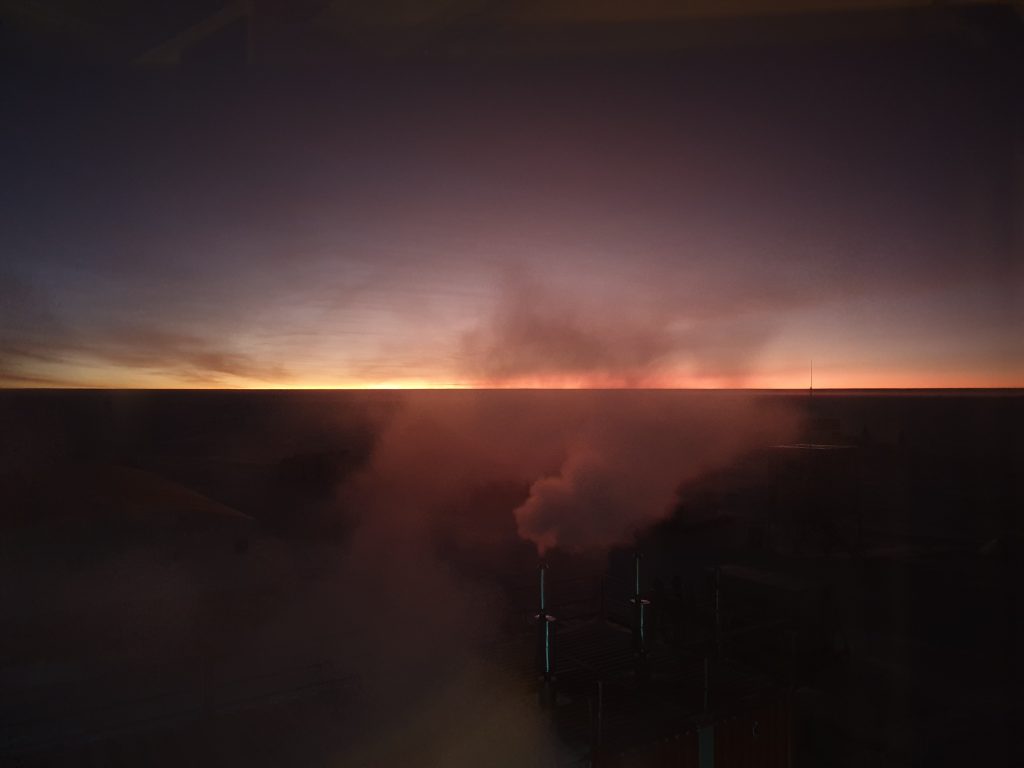
The technical team at Concordia remains busy maintaining the station, it should be mentioned that they are doing an incredible job and all our lives depend on them. The list of facilities maintained by the technical team is long and includes electrical generators, plumbing with drinking water supply, vehicles to collect snow for our water, the electrical network of Concordia and all peripheral shelters, and this list could go on endlessly.
Our two glaciologists go out almost every day to take environmental samples and keep monitoring devices running. The astronomer often disappears in the night to look after the two telescopes, which for example study extrasolar planets.
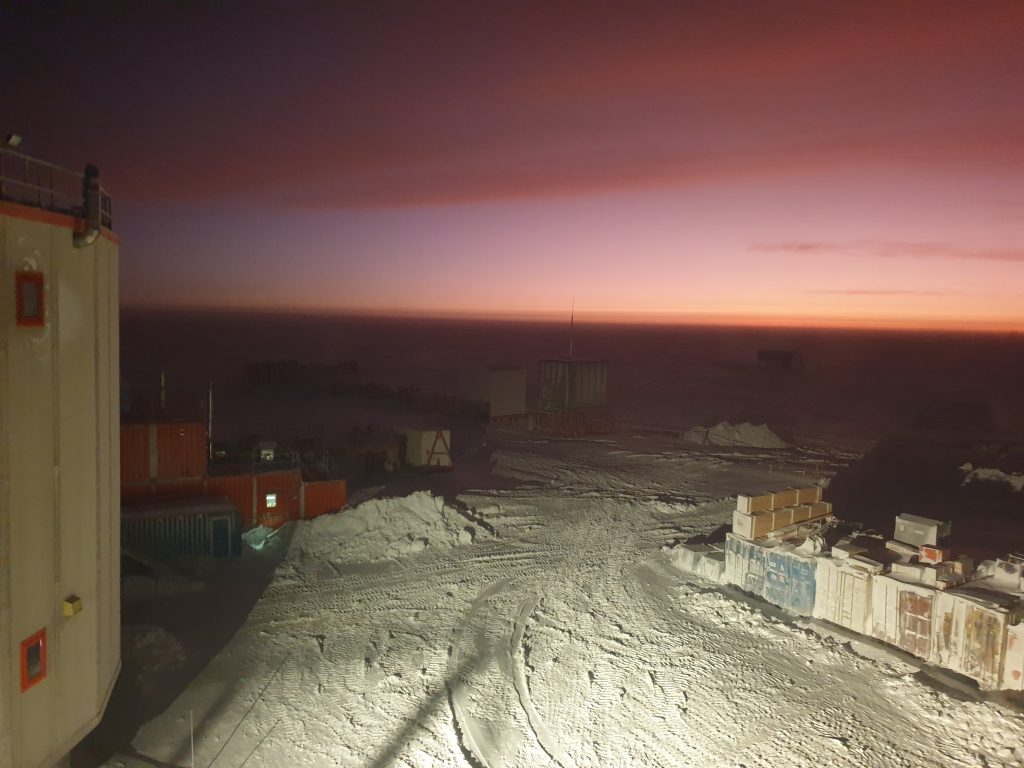
The fact that this blog entry could be uploaded is owed to our Informatics and Communication Technology specialist (in short ICT) who never stands still to keep the station systems connected to the outside world. He also makes sure no one gets lost during outside endeavors by tracking them via satellite positioning (so it works) and keeping frequent radio contact.
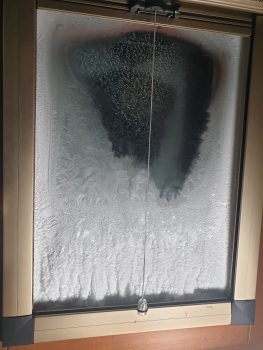
The doctor of the station keeps the hospital and crew healthy. The medical facility at Concordia includes everything you would find in a small rural hospital, such as a dental treatment unit, an operating theatre, X-Ray, microbiological diagnostics, and a well-equipped pharmacy.
Special remarks should be given to our station leader, who does an outstanding job in looking after all crew members, ensuring safety and handling official communications (and much more). Besides that, he is responsible for many research projects in the field of physics.
Last but not least, our cook probably makes the biggest contribution to the wellbeing of the crew. Personally, I assume I will never eat better again (not considering the lack of fresh food) highlighting the skills of our chef. This is a small insight into the many responsibilities and tasks handled by the DC-19 crew.
The latest highlight of our winter-over was the celebration of mid-winter in late June. Traditionally, the week which marks the half time of the winter season is undergone with good food and some additional leisure activities. Previous crews have decorated the living room and dressed differently to break the aforementioned routine. Beside other activities, we gave playing volleyball at -70°C a try, for future reference, the ball becomes rather hard at these temperatures.
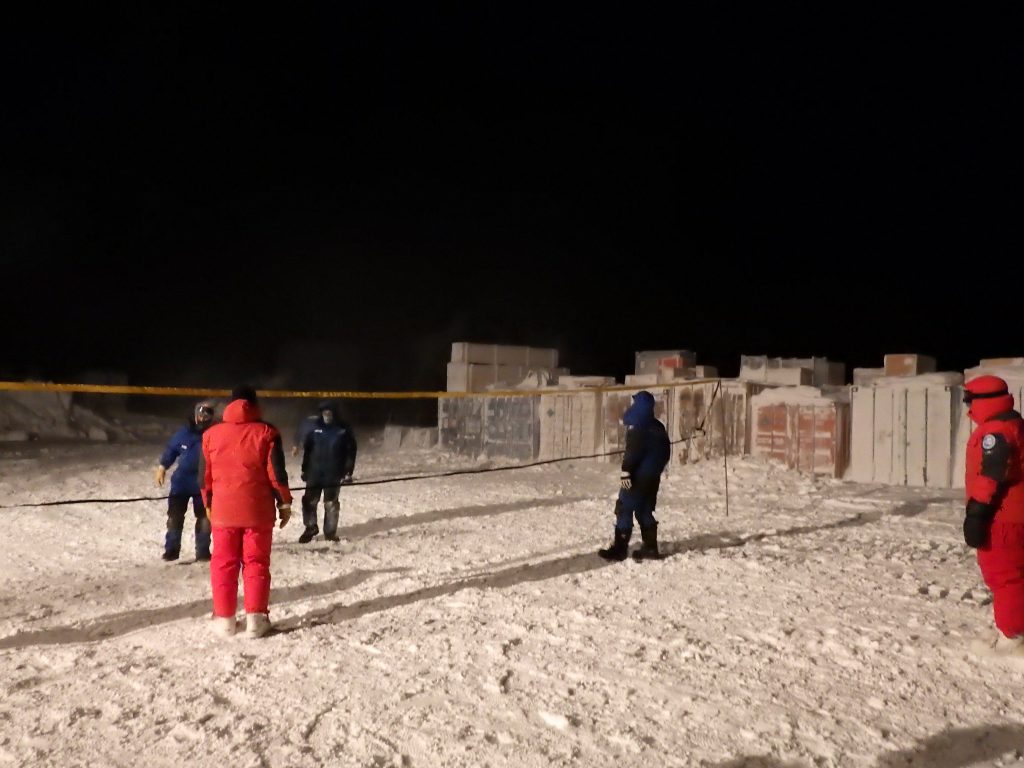
Although Concordia quickly feels like a safe place and the presence of the extreme environment can sometimes escape our consciousness, the crew needs to be prepared for special circumstances like medical emergencies and fire. Hence we do fire drills and practice medical scenarios (outdoor rescue and treatment inside) on a regular basis. Next, we are planning an evacuation exercise. In case of an uncontained fire at Concordia, the crew would have to move to the summer camp, which serves as a back-up place to survive the rest of the winter.
The sun is expected to rise again on 10 August, I will keep you posted on that and report about the second half of our winter in the next blog.
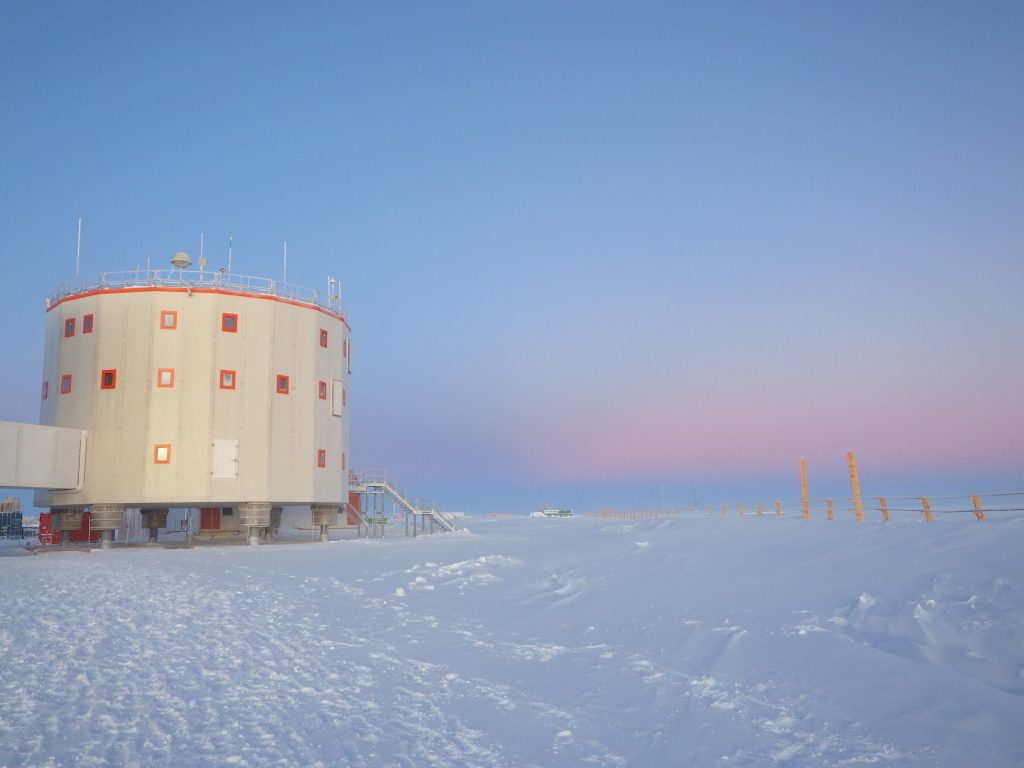
Best wishes from Concordia,
Sascha




Discussion: 3 comments
Nice update! All the best for the second half of the winter! Stay safe!
I find the whole station facinating, surviving in such a harsh environment mentally must be quite taxing especially when the last transport aircraft leaves and disappears from sight. I also know that many of the scientific projects run down there are unique, insofar as there is no other place on the planet that can enable these types of projects.
I love reading these reports and wish there could be more of them that dig a little deeper into the routines that exist and how team members feel from week to week. I am deeply interested in the challenges and how they can be translated into off planet exploration which of course is another much larger challenge.
It’s nice to read the news from the crew in the coldest place on Earth. Good luck with the research!